Nickel-plated bronze frame.
Central glass in pressed molded glass attributed to Vals Saint Lambert.
4 plates on the sides in sandblasted glass.
In perfect condition. Electrified, 5 lights, E14 sockets.
Total height: 19 cm
Width: 50 cm
Length: 50 cm
Weight: 10 Kg
The Val-Saint-Lambert crystal works were established in 1826 on the site of a former abbey in Seraing, near Liège, Belgium. World-renowned, they experienced intense and high-quality production. Since 2018, the company has been majority-owned by entrepreneur George Arthur Forrest. TIMELINE 1826 The first furnace of the crystal works is activated. Under the direction of chemist François Kemlin and polytechnician Auguste Lelièvre, the Val Saint Lambert glassworks and establishment were the first (and to this day the only) crystal manufacturers in Belgium. 1841 At the Belgian Industrial Products Exhibition in Brussels, Val Saint Lambert won a gold medal for its pure, refined, and colorful crystal. 1894 Val Saint Lambert made a name for itself at the Antwerp World Fair. For the first time, crystal creations with geometric patterns were presented there. The enthusiasm and success were phenomenal. The ingenious art of cutting, characterized by complex geometric patterns across the entire surface, allowed Val Saint Lambert to develop and become a global brand. 1894 Standing 2.25 meters tall, weighing 200 kilos, and comprising 82 crystal parts, the Vase of the Nine Provinces is a true technical feat. A team of thirty people worked on its production for more than 2,000 hours. 1900 At the end of the 19th century and the beginning of the 20th century, Val Saint Lambert was at its peak. Nearly three-quarters of the production was exported. The Tsars of Russia were the main customers. 1901 Philippe Wolfers, a Brussels goldsmith, sculptor, and designer, combined Art Nouveau and crystal. The "Twilight" vase depicting a bat in several layers of crystal is a centerpiece. 1900 – 1925 The two crystal chandeliers in the hall of the Maharaja Gwalior Palace in India are certainly two monumental references. Weighing 3.5 tons and measuring 13 meters high, they are the largest crystal chandeliers in the world. Legend has it that the architect had the ceiling's strength tested by leading ten elephants to the first floor. 1908 Val Saint Lambert introduced doubled, colored, and cut crystal, an innovation that allowed Belgian crystal to acquire a worldwide reputation, still today. 1914 – 1918 The First World War forced the crystal factory to shut down for four years. At the end of the war, the furnaces were restarted, but a significant market had disappeared following the end of the Tsarist regime in Russia. 1926 Val Saint Lambert celebrated its 100th anniversary. Employing more than 5,000 people, the crystal works are gaining ground again by presenting innovative collections in the art deco style. 1930 With an export market representing 90% of turnover, the global crisis hits Val Saint Lambert hard. 1945 The bombings of the Second World War destroy the crystal works and lead to structural financial problems. 1950 A luxury product, crystal is also increasingly becoming a functional product. 1970 – 1980 Val Saint Lambert collaborates intensively with external designers: Samuel Herman, Yann Zoritchac, Borek Sipek, Philippe Starck, Frans Van Praet, Martin Szekely... 1992 Frans Van Praet designs the legendary small Seville crystal chair for the Belgian pavilion at the World Expo in Spain. 2010 With a new identity, Val Saint Lambert surprises at the Maison & Objet interiors fair in Paris. A younger image, the first step towards a global comeback... In-house designer Eric Delvaux creates the world's tallest crystal rocket (2.60 meters high) for the Belgian pavilion at the World Expo in China. 2014 A Belgian industrialist, Jacques Somville, takes over Val Saint Lambert. 2018 Entrepreneur George Arthur Forrest takes over 75% of the Val Saint Lambert crystal factory. This acquisition is part of a long-term approach aimed at ensuring the sustainability of the business and employment.

































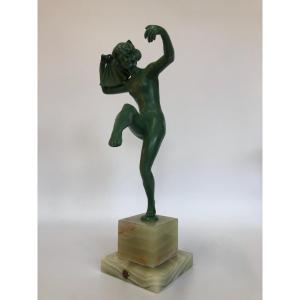

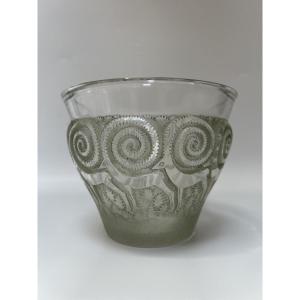
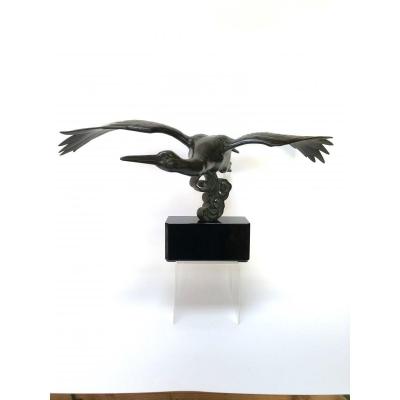




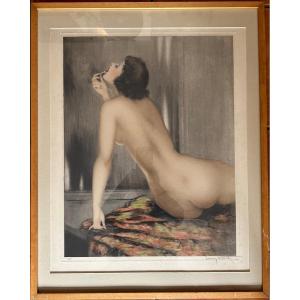
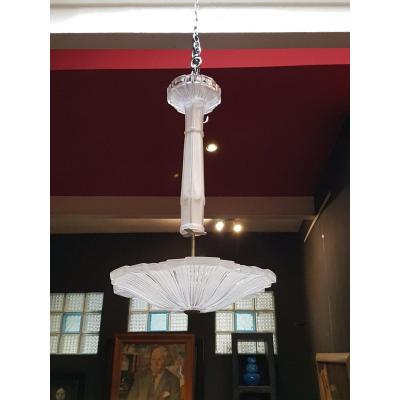
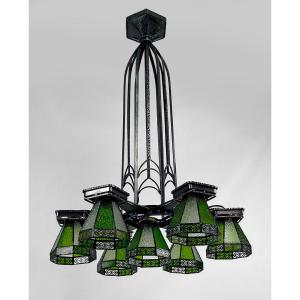






 Le Magazine de PROANTIC
Le Magazine de PROANTIC TRÉSORS Magazine
TRÉSORS Magazine Rivista Artiquariato
Rivista Artiquariato